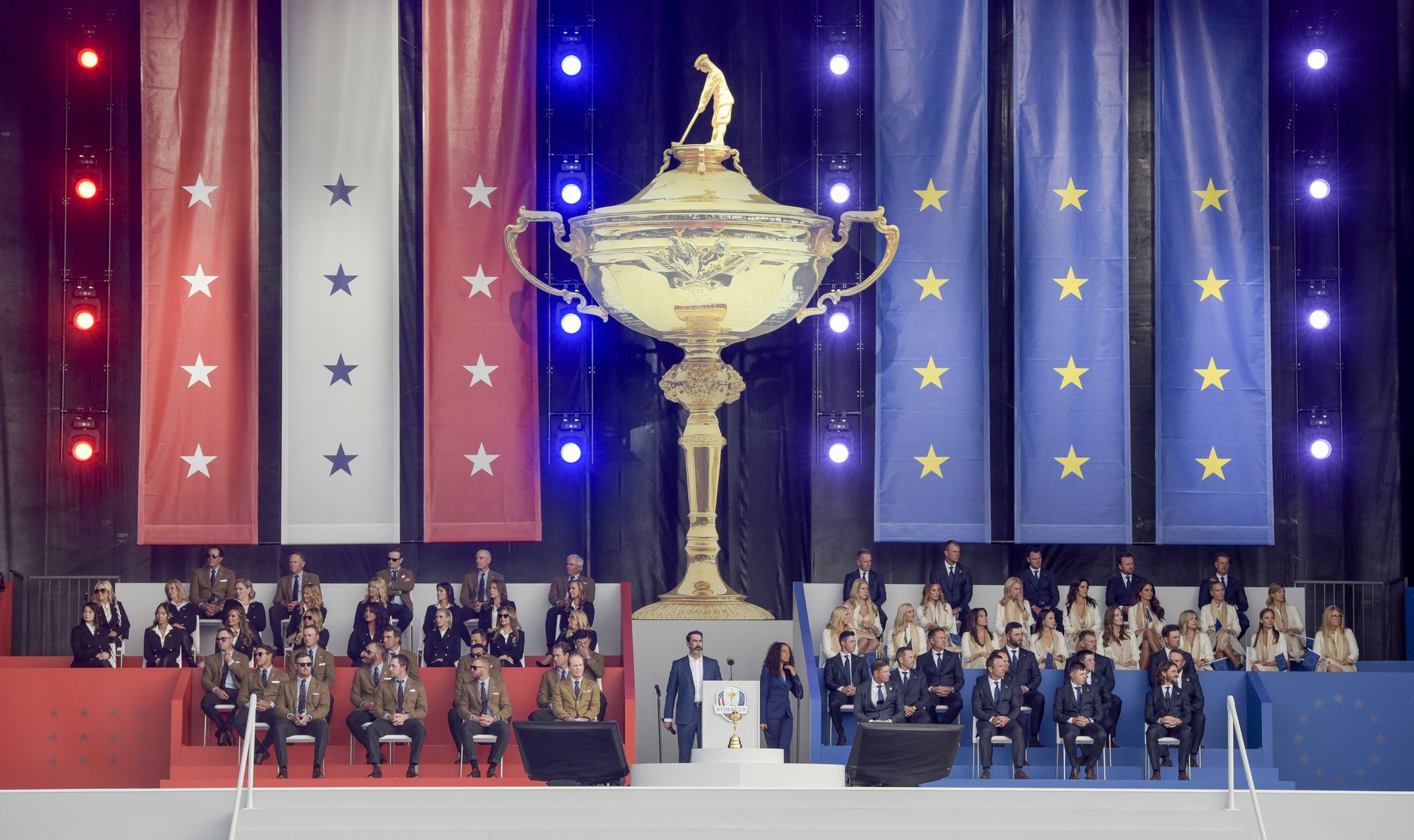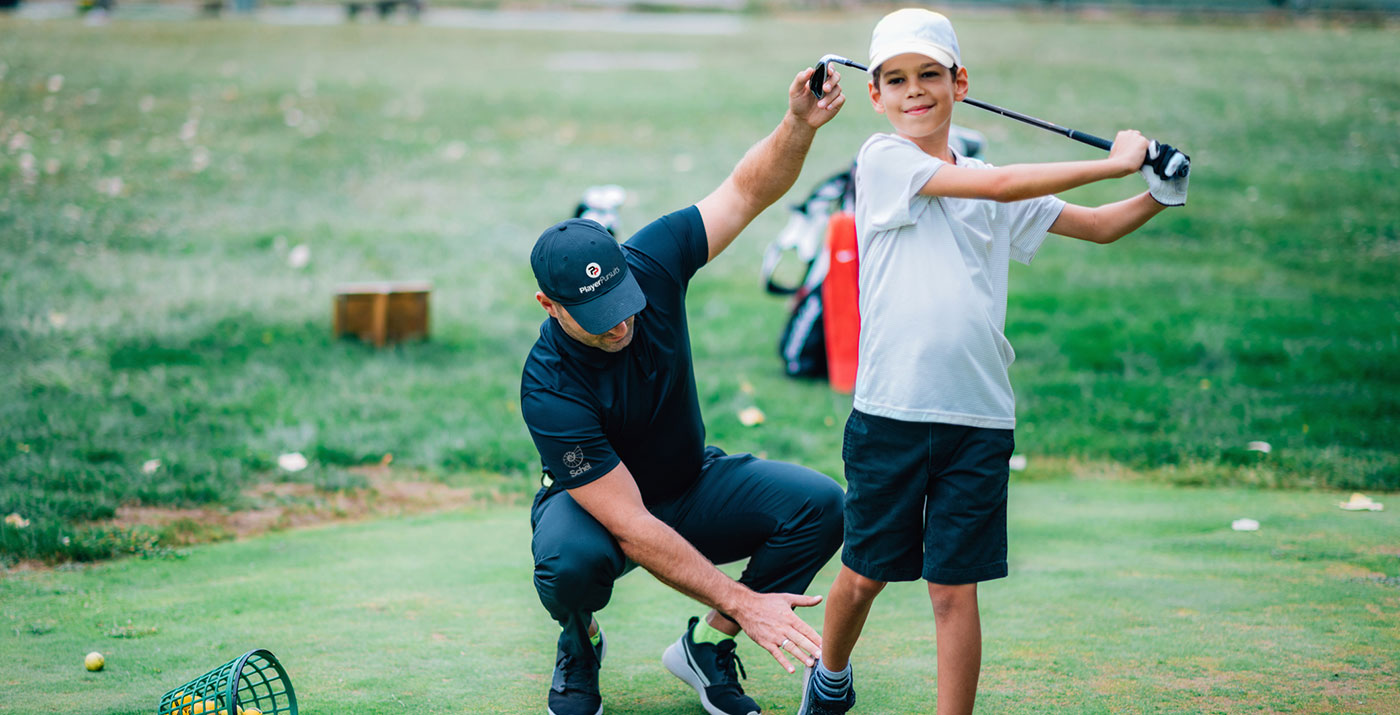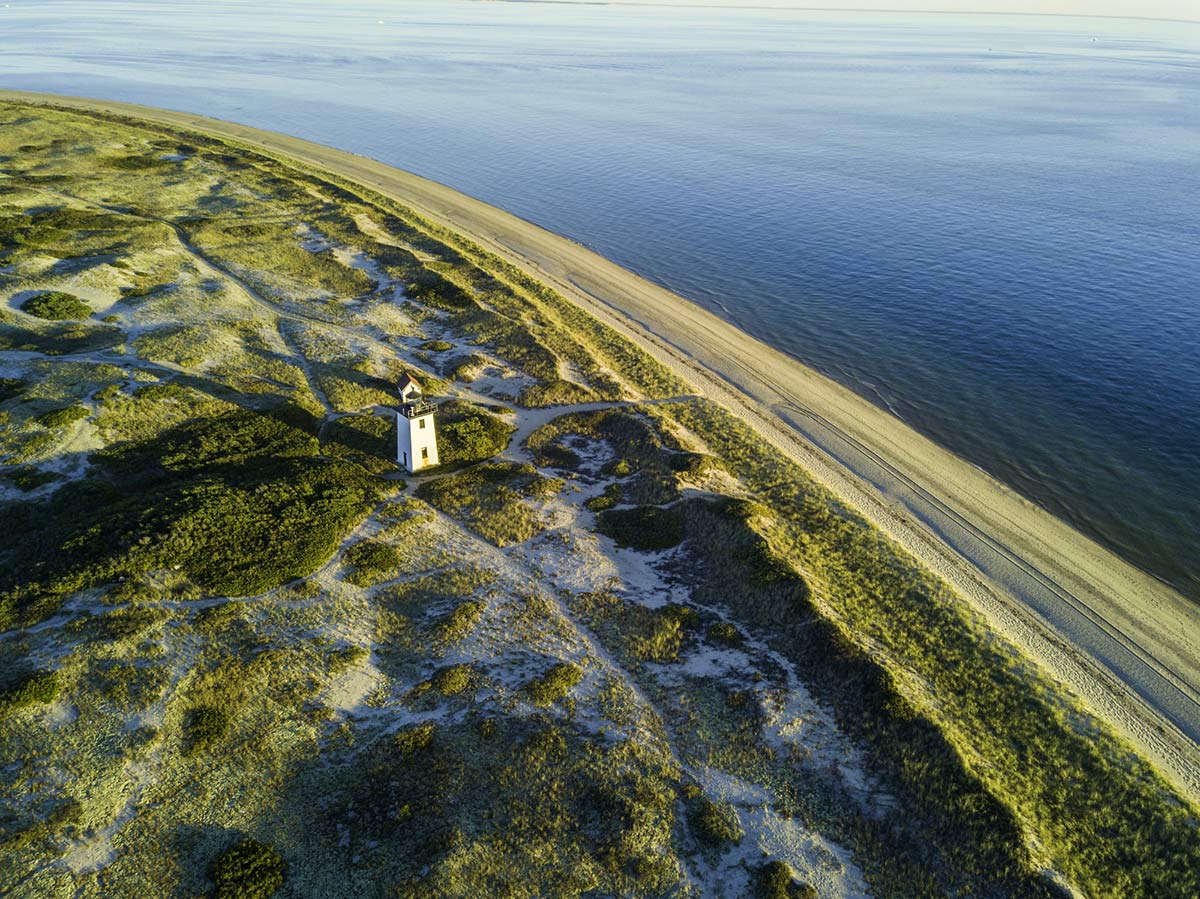A History of Challenges and Triumphs
The University of Wisconsin (UW) has a rich history in sports, and its golf program is no exception. The program has a long and storied history, filled with both triumphs and challenges. This article will delve into the history of the Wisconsin University golf program, from its beginnings to its current status as a respected and successful program.
The Early Years
The Wisconsin University golf program can trace its roots back to the early 1900s. In 1900, a group of students organized a golf club on campus. The club was known as the Badger Golf Club and was the first organized golf club on campus. The members of the club played on a course located near the current location of the Memorial Union.
In the early years, the golf program was not part of the official athletic program at the university. The Badger Golf Club was an independent organization, and the members organized their own matches and tournaments. However, this began to change in the 1920s, when the university began to take an interest in organized sports.
In 1921, the university hired its first full-time athletic director, George Little. Little was a proponent of organized sports and believed that athletics were an important part of the college experience. Under his leadership, the university began to organize and support sports teams, including the golf team.
The 1920s and 1930s
In the 1920s and 1930s, the Wisconsin University golf program began to gain recognition and success. The team competed against other universities in the Big Ten Conference, and the golfers quickly made a name for themselves.
One of the most successful golfers of this era was Fred J. Tattersfield. Tattersfield was a student at Wisconsin from 1922 to 1926 and was the captain of the golf team in 1925 and 1926. He was a three-time medalist in the Big Ten Conference, and he won the Wisconsin State Open in 1927.
Another successful golfer from this era was John Fischer. Fischer was a student at Wisconsin from 1932 to 1936 and was a three-time All-American. He won the Western Open in 1936 and went on to become a successful professional golfer.
The 1940s and 1950s
The 1940s and 1950s were a challenging time for the Wisconsin University golf program. World War II had a significant impact on the university, and many students and faculty members were called away to serve in the military. As a result, the golf program struggled to maintain its momentum.
However, in the late 1940s and early 1950s, the program began to rebound. Under the leadership of coach Bill Jones, the team began to compete at a high level once again. Jones was a former golf professional and brought a wealth of experience to the program.
One of the most successful golfers of this era was Don Kindt. Kindt was a student at Wisconsin from 1946 to 1949 and was a three-time All-American. He went on to become a successful professional golfer, winning two PGA Tour events in the 1950s.
The 1960s and 1970s
The 1960s and 1970s were a time of transition for the Wisconsin University golf program. The university began to invest more resources into athletics, and the golf program began to reap the benefits. The team began to recruit more talented golfers, and the program began to thrive.
One of the most successful golfers of this era was Steve Stricker. Stricker was a student at Wisconsin from 1985 to 1988 and was a two-time All-American. He went on to become a successful professional golfer, winning 12 PGA Tour events and playing on multiple Ryder Cup and Presidents Cup teams.
Another notable golfer from this era was Mark Wilson. Wilson was a student at Wisconsin from 1993 to 1997 and was a three-time All-American. He went on to become a successful professional golfer, winning five PGA Tour events and playing in the 2011 Masters.
The 1980s and 1990s
The 1980s and 1990s were a period of sustained success for the Wisconsin University golf program. The team continued to recruit top talent, and the program began to produce some of the best golfers in the country.
One of the most successful golfers of this era was Jim Lemon. Lemon was a student at Wisconsin from 1980 to 1984 and was a two-time All-American. He went on to become a successful professional golfer, playing on both the PGA Tour and the European Tour.
Another notable golfer from this era was Skip Kendall. Kendall was a student at Wisconsin from 1982 to 1986 and was a two-time All-American. He went on to become a successful professional golfer, winning one PGA Tour event and playing in the 1997 Masters.
The 2000s and Beyond
The 2000s and beyond have been a period of continued success for the Wisconsin University golf program. The team has continued to recruit top talent, and the program has produced some of the best golfers in the country.
One of the most successful golfers of this era was Ryan Helminen. Helminen was a student at Wisconsin from 1999 to 2003 and was a three-time All-American. He went on to become a successful professional golfer, playing on both the Web.com Tour and the PGA Tour Canada.
Another notable golfer from this era was Jordan Niebrugge. Niebrugge was a student at Wisconsin from 2012 to 2016 and was a three-time All-American. He went on to become a successful professional golfer, winning the 2013 U.S. Amateur Public Links Championship and playing in multiple PGA Tour events.
In recent years, the Wisconsin University golf program has continued to thrive. The team has been consistently ranked among the top programs in the country, and the program has produced some of the best golfers in the country.
The Wisconsin University golf program has a long and storied history. From its early beginnings in the 1900s to its current status as a respected and successful program, the program has faced its fair share of challenges and triumphs.
Throughout the years, the program has produced some of the best golfers in the country, and the team has consistently been ranked among the top programs in the country. With a tradition of excellence that spans over a century, the Wisconsin University golf program is a testament to the power of hard work, dedication, and a love of the game.







